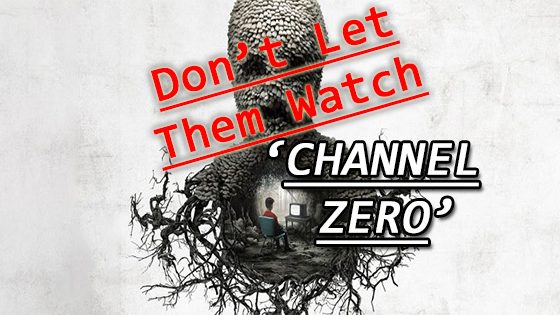The discussion on how much the media impacts, influences, and alternates our way of life is not a new one. Since the beginning of television, scientists from various fields of study have argued over whether or not television is, or has been, beneficial to its youngest viewers – children. Starting this October the Syfy Channel released its latest show called Channel Zero, a horror drama which has brought this discussion back into the spotlight once more. Written by Kris Straub, the show is based off a flash fiction piece submitted to the CreepyPasta website as far back as 2012. Channel Zero is pulling audiences from an already great year for the horror genre in both box office hits and a new TV shows, respectively earning a 7.2 rating on IMDb. It is dark and from watching the first episode, there seems to be no intention of holding back the scares.
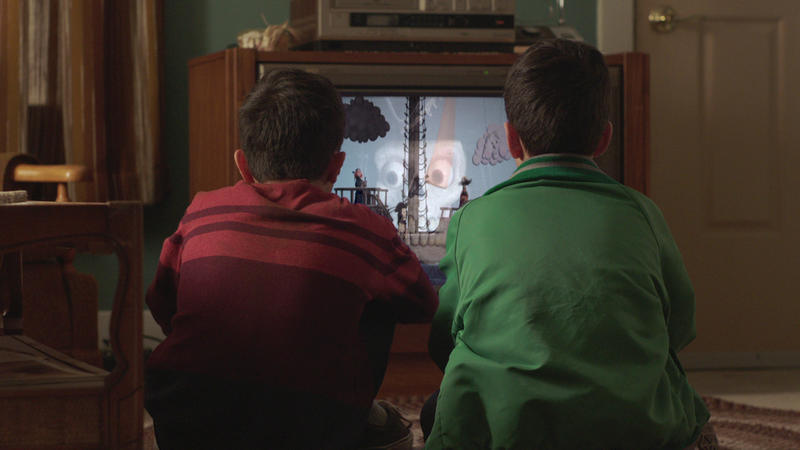
The story is set between two eras and two generations. The first and main focus is present day, surrounding a group of friends and acquaintances in the small, fictional town of Ironhill, Ohio where crime is close to none and everyone knows your name. When the main character, Mike Painter, returns to his hometown, we learn that the purpose of his trip is to unravel the dark mystery surrounding the disappearance and death of his twin brother and four other children. It is obvious that much of the town’s legacy stems from these Ironhill Murders, something not a lot of people are willing to bring up or talk about again (for good reason). The second plotline follows, through dialogue and a series of sudden flashbacks, when Mike and his now grown-up friends were just kids being kids in 1988. This back and forth is rather seamless, and the flashbacks quickly help us relate to and understand these adult characters.
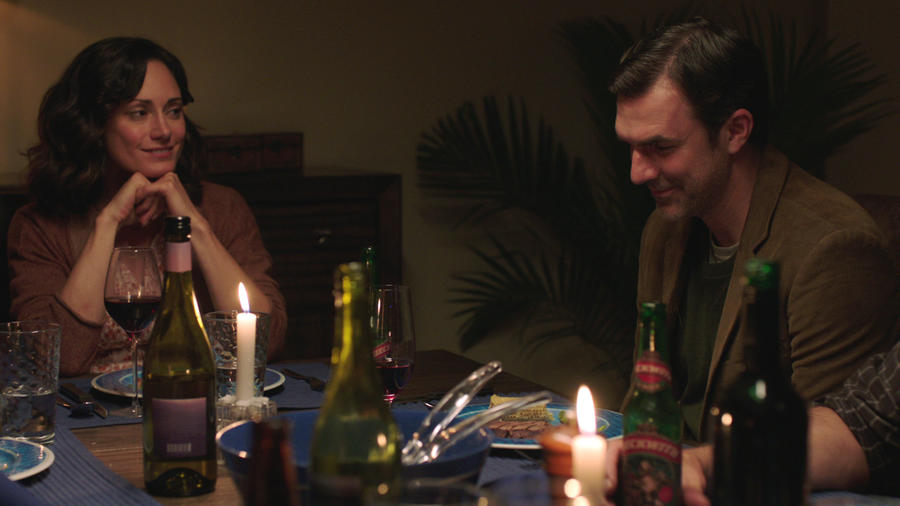
In one of the earliest scenes in the first episode, we see Mike sitting at a table during a dinner party in honor of his visit. The discussion turns to the kids of his friends and how much they enjoy using their devices. One of the moms complains that she is unsettled with how easy it is for someone to reach out to her young daughter over a wifi connection, and how she does not have control over what her children are seeing or doing via the internet as much as she’d like. This becomes a theme within the first episode, and assumingly, will remain the theme throughout the series. What are kids doing online? How do we protect them? How much internet is too much? And what other negative effects are our devices having on the current and future lifestyles of the youngest viewers?
Well, we’ve heard these types of questions before.
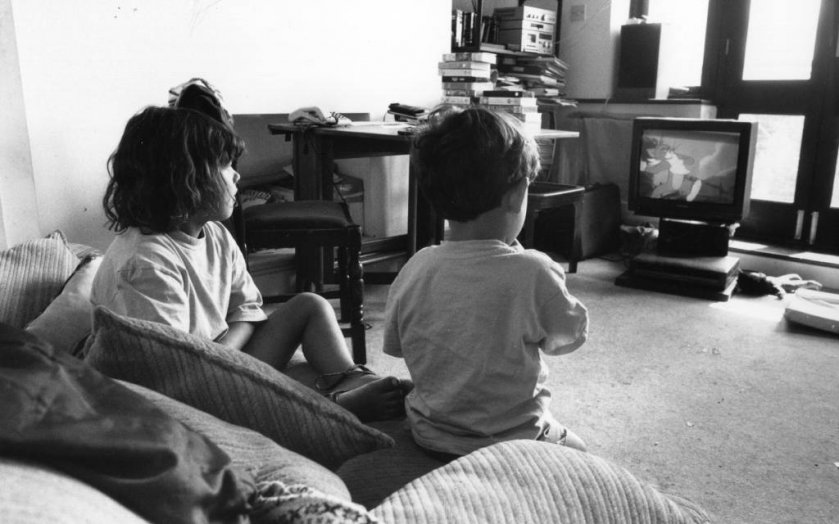
Beginning as early as the 1950s, when televisions were becoming a prominent component in a growing number of American households, widespread studies began popping up, analyzing the impact of TV viewing in relation to child development. Since 1988 stands out in the realm of Channel Zero, taking a look at the types of questions asked in research during the 80s resulted in studies claiming that “more than a third of the youngsters don’t perceive their parents as caring about what they watch on television.” In Child Nurturing in the 1980s, edited by Robert Boger, it states,“...the television of the 1980s provides a distinct shift from reactive to proactive uses of television. Today, we are entirely subject to television content and schedules which have been initiated and originated elsewhere. One-way cable increases the options we choose from, but the specification of the options begins elsewhere.”
One can imagine that the explosion of cable channels made available during the 1980s caused a panic or rise in concern for parents relate-able to the recent upswing of internet use among the children today. The doors that once only let in a sliver of light – be it a handful of local television channels or slow internet connections for desktop computers – eventually opened full swing for both mediums of media, making it more difficult for parents to oversee what content their children are engaging in.
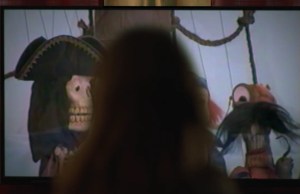
Channel Zero has one show on television called Candle Cove that only the children can see. When parents look at what their children are watching, all they see is static. It’s odd that parents don’t further question this, but perhaps it will be explored more in coming episodes. What the children see is strikingly similar to today’s Youtube channels and videos that utilize the unsettling and twisted, even the uncanny valley (see example below).
A strange pirate paired with an awful man-like creature covered with the teeth like scale make up, what is assumed, to be just the beginning of this horror-filled series. By the end of the first episode, we find that Katie, a child who was watching endless hours of Channel Zero, has gone missing. The parents and adults look for her in the nearby woods, which itself is almost another character. We see the woods from Mike’s childhood home and it is featured in numerous flashbacks. In fact, it is where the murdered children were found in 1988. Like a vast dark green cloak, blocking the sun and hiding those who enter beneath its branches and leaves, one can’t help but wonder whether the woods is another symbol of the cloak drawn over the eyes of parents, regardless of what decade it is.
[embedyt] http://www.youtube.com/watch?v=9C_HReR_McQ[/embedyt]
As today’s parents struggle over managing the interactions and content their children can access with their own personal phones and devices, the discussion over how much is too much is as alive as it’s ever been before. Channel Zero steps into the intricate world of giving children the freedom to play, learn and explore all while juggling the dangers that come with expanded knowledge, judgment, and curiosity. Horror itself calls to the mischievous to delve into the dark thoughts that excite us while walking that fine line between reality and entertainment. While the show is definitely not for child audiences, grown-ups will enjoy turning their television to Channel Zero, if not to question the boundaries we draw for our youth, then for the glow of the screen that beckons to us still.
-By Christina Persaud
